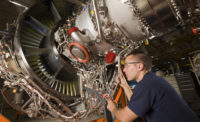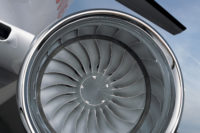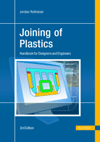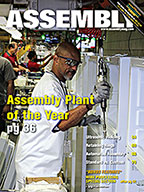INDIANAPOLIS—In August, Roll-Royce completed a six-year, $600 million modernization of its manufacturing campus in Indianapolis. The revitalized campus is now highly efficient and will improve competitiveness in an increasingly contested marketplace for aircraft propulsion and power equipment. The energy efficiency of the buildings has also been improved significantly and will help Rolls-Royce achieve its goal of net-zero carbon emissions in operations by 2030.
“Rolls-Royce has been innovating in Indianapolis for decades to serve,” says Tom Bell, chairman and CEO of Rolls-Royce North America. “Now, we take a major technological leap into the future with facilities that are among the most advanced and efficient of any Rolls-Royce site in the world.”
“Rolls-Royce Indianapolis facilities feature brand-new advanced manufacturing equipment, new and efficient processes, increased flexibility in operations, and an enhanced ability to pivot to the future in a highly efficient manner,” adds Phil Burkholder, executive vice president for global manufacturing, assembly and test of Rolls-Royce Defense. “The new facilities also elevate digital engineering and robotics capabilities to maximize operations throughout the manufacturing campus.”
The revitalization program began in 2015, with a vision to transform aging, World War II era manufacturing buildings into a modern and advanced manufacturing facilities. Three buildings were upgraded through a carefully orchestrated process in which new technology was designed and installed, and old manufacturing equipment was removed, even as the campus continued to deliver engines and other products without interruption.
Additionally, inefficient buildings dating to 1942 were removed, resulting in a smaller footprint but much greater manufacturing capability.
The Indianapolis campus primarily serves U.S. military customers, manufacturing engines and components for the C-130J Super Hercules, V-22 Osprey, E-2 Hawkeye, Global Hawk and Triton, F-35B Lightning II, and other military aircraft. The site also produces engines and power components for the U.S. Navy, industrial power generation, commercial aircraft, and helicopter customers.





